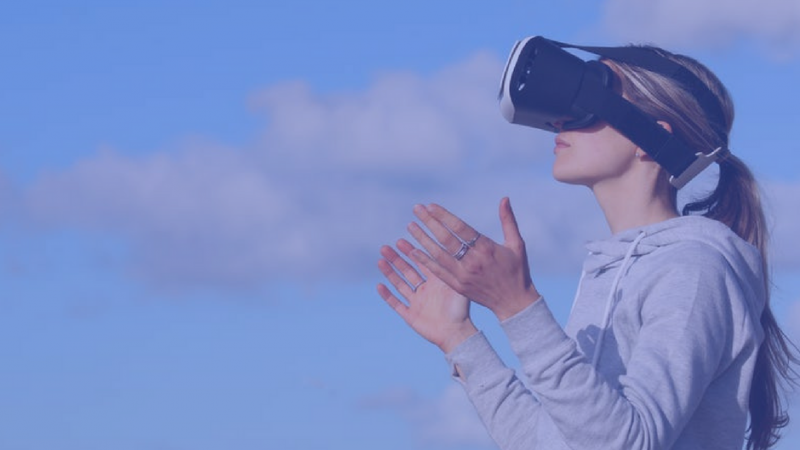Coursera Blog
Active Member

What’s your top goal for your workforce development program? If you’re focused on helping employees do their jobs better, you might be interested in a new trend in corporate learning: virtual reality, or VR.
“I actually don’t see organizations using VR to help employees learn; I see organizations using VR to help people do,” says David Kelly, executive director of The eLearning Guild. “VR is a technology that is uniquely positioned to take corporate learning programs beyond just understanding of a task; it enables people to actually practice implementing tasks.”
Andrew Hughes, founder of the learning-game company Designing Digitally, agrees that VR has major potential for L&D teams. “I’m a strong believer that you can’t really learn anything unless you experience it yourself,” he says. “It’s like when Mom told us not to touch the stove because it’s hot. We didn’t really understand until we experienced the heat for ourselves.”
While virtual reality is still in its fledgling stages as a learning tool, the potential is tremendous. Kelly and Hughes shared how organizations are using VR now, and what trends they expect in the near future.
The Current State of VR Learning
The majority of current VR applications revolve around learning to do physical tasks while following strict safety guidelines. Designing Digitally creates “serious games” to use in training. One of the company’s most successful recent projects is a VR game called “Chop and Drop,” built for an energy company. The game teaches trainees how to cut down trees around electrical lines without causing property damage, breaking lines, or creating safety hazards for themselves. They learn how to manipulate a boom truck and cut trees, all while using a VR headset.
While “Chop and Drop” prepares workers to use physical skills on the job, L&D leaders can learn from the game’s success. “It gives people full immersion into the experience instead of just explaining it to them. It helps them understand why to cut trees that way,” Hughes says. The game is fun and motivating, with a points system and an element of fantasy that helps the curriculum come to life.
How Will Organizations Use VR in the Future?
In the future, Hughes expects to see another application of VR for corporate learning: creating collaborative virtual spaces to bring teams together. Coursera’s Head of Enterprise Engineering Roshan Sumbaly agrees, adding that VR could bring remote coworkers learning together for a group discussion about a lesson or even an interactive assessment.
Student researchers at Pennsylvania State University are exploring new ways for remote teams to use VR technology to collaborate. “Oculus Rift and other similar technologies allow you to sync your devices with others regardless of location and work on the same project,” says Conrad Tucker, an assistant professor of design and industrial engineering. “You can always Skype with people around the world, but you don’t get the same experience. This technology would allow you to collaborate with others all over the world.”
The technology that powers virtual reality is still expensive — a single VR headset costs $600 to $800 — but as the technology evolves, Hughes predicts more mainstream use of VR for learning. He’s confident that his 2-year-old son will grow up to know virtual reality as an essential way to play and learn.
Advice for L&D Leaders
How can L&D teams start to bring VR into their learning or training programs?
“Go to a conference where someone’s showing off VR,” Hughes says. “Wear the headset for a minute or two and you’ll feel like you’re in a different world. Every single person needs to try it, and then start thinking about to use it. You’ll start coming up with great ideas for what VR can do in the training space.”
Kelly advises leaders to keep an eye on VR and watch how it evolves. “That means tracking what’s happening with VR not only in the education and training space but also in the consumer market. If you want to understand how a technology is going to change how we learn, you watch how technology is going to change how we live.”
When you’re ready to try VR for your own organization, Kelly suggests starting with a simple question: What problem is VR going to solve for me? Answering that question will help learning professionals move forward with a solid problem-solving use case instead of chasing VR as the new shiny object.
Coursera for Business
With access to the best content from over 150 global university partners, Coursera for Business allows you to create Learning & Development Programs that map to your company’s evolving needs. If you’re interested, please contact sales@coursera.org.
The post What’s Next in Employee Learning: Virtual Reality appeared first on Coursera Blog.
Continue reading...
